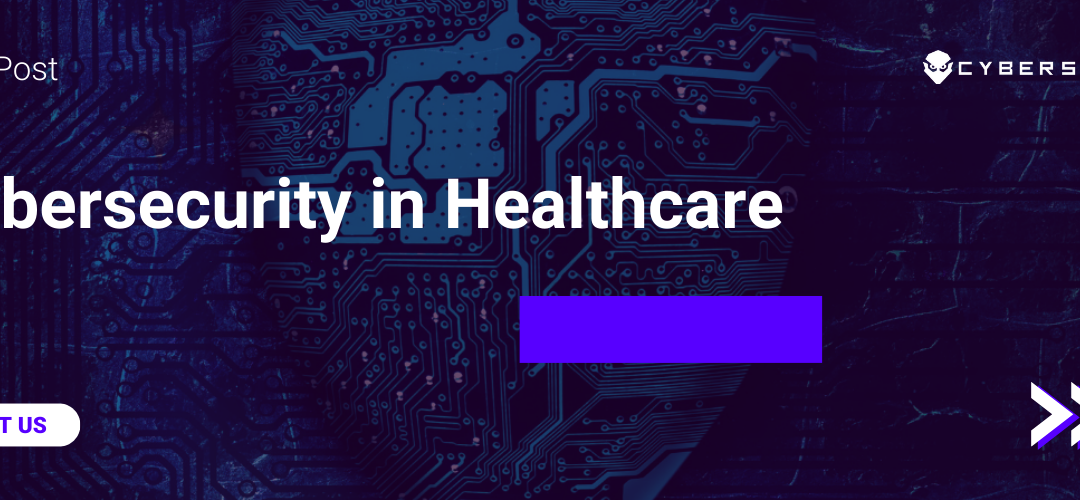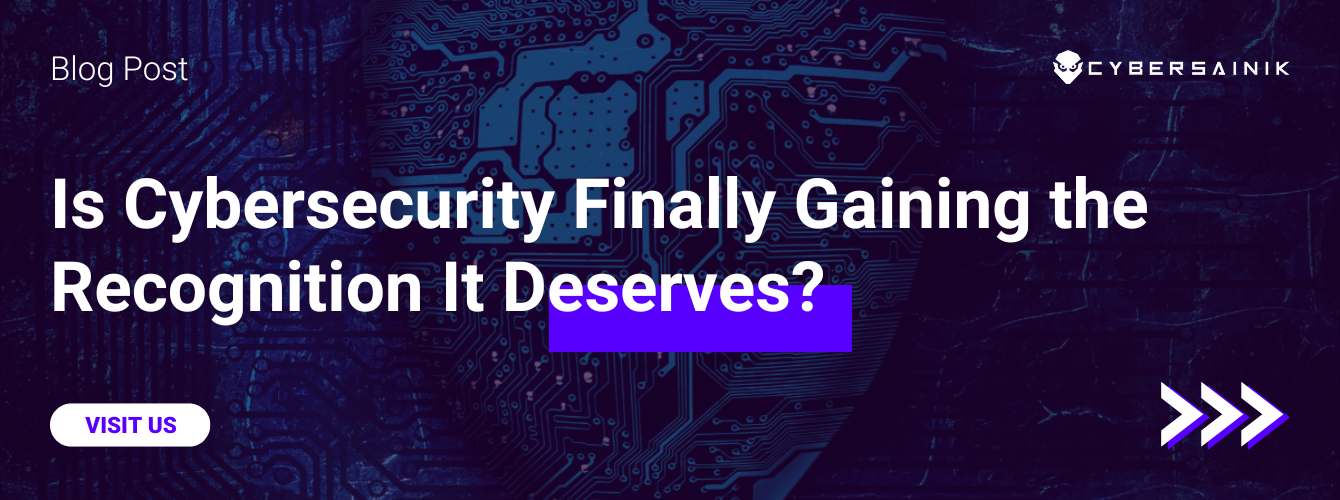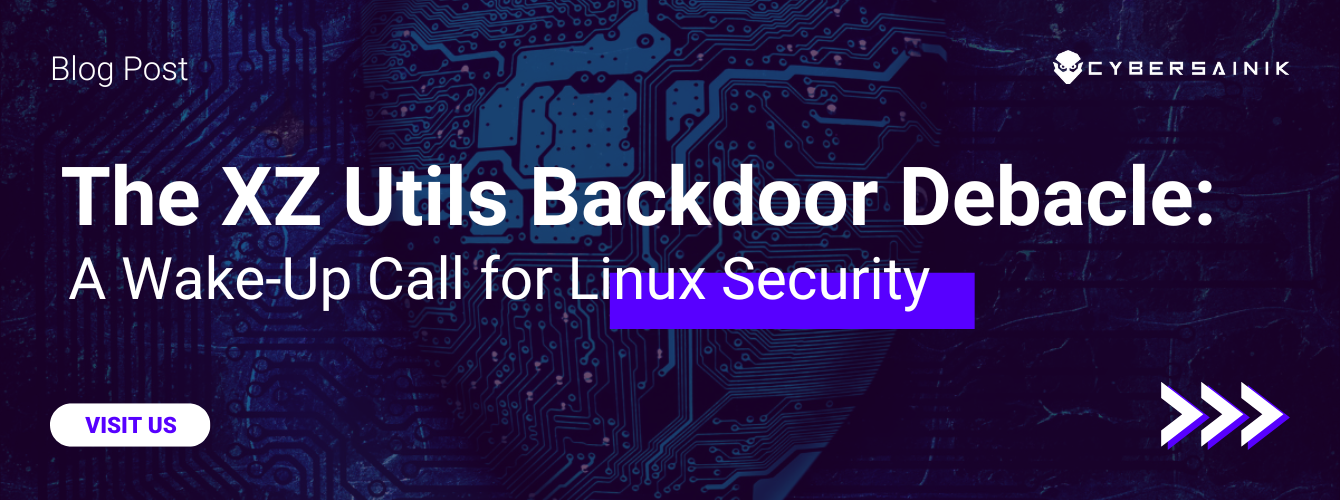On a daily basis, hospitals, as well as other allied businesses, transmit large volumes of personal information regarding their patients, such as credit card numbers, social security numbers, and other confidential information within their healthcare networks. As a result of the sensitive nature of the data that they deal with, healthcare companies are typically enticing targets for cybercriminals as well as other malicious actors; cybercriminals spend time and resources trying to breach healthcare networks to access this data. The costs of data breaches are significantly higher for healthcare companies compared to other industries; healthcare industries spend an average of $6.5 million per data breach, which is over sixty percent more than other industries.
Given the significant financial costs associated with a data breach, as well as the potential accompanying legal consequences, it is essential to ensure that your healthcare network is kept secure from penetration by cyber criminals. As such, it is necessary to be aware of the techniques used by cybercriminals as well as strategies that should be used to protect your network.
COMMON CYBERATTACK INFECTION METHODS
Some of the strategies favored by cybercriminals to compromise healthcare networks and access protected health information include:
- Malware: With malware, cybercriminals look for vulnerabilities within a network which is then used to install a piece of malicious software. Depending on the nature of the malware, it can then be used to infect and cause damage to the network. Ransomware encrypts all the files within a network, rendering them useless until a ransom is paid. Spyware covertly steals protected health information and transmits them out of the network
- Email spoofing: This is a type of attack where users are sent emails that appear to come from credible sources such as a coworker or a superior. Lulled into a false sense of security, the unsuspecting user then provides private information to the cybercriminals
- Phishing: In phishing attacks, cybercriminals send users emails containing fraudulent links. Clicking on the links within these emails then provides an avenue for cybercriminals to gain access into the healthcare network.
HOW TO KEEP YOUR HEALTHCARE NETWORK AND DATA SAFE
Ensuring that your healthcare network remains secure is a continuous process requiring the use of a combination of different methods:
- Password management: Passwords are a primary line of defense in keeping networks secure. All users should have their own unique passwords which should be used to access a network. Passwords should not be shared with other users or across multiple sites. Additionally, user passwords should be changed on a regular basis.
- Firewalls: Firewalls are essential in regulating traffic in and out of a private network. With firewalls, network administrators can configure which type of traffic has access to their networks. Network traffic not meeting the established criteria is blocked and prevented from accessing the network
- Identity and access management (IAM): IAM is the control of user access to a network as well as the access rights of the user. Generally, each user should have an individual account; shared or multiple user accounts should be avoided as much as possible. In addition, the principle of least privilege should be used when assigning user rights within a network; this means that the user should be assigned the minimum possible rights to fulfill his or her job duties. Doing this ensures that the scope of the damage is limited in the event that a user’s account is compromised.
- Intrusion detection systems (IDS): Intrusion detection systems are network tools that constantly monitor network traffic looking for network threats or abnormalities in traffic flow. This allows for the early identification and neutralization of any network threats.
Bottom Line
At Cyber Sainik, we are experts in ensuring that your network is kept secure from cybercriminals. With our Security as a Service (SECaaS) offering, we constantly monitor your network and alert you to any cyber threats. Contact us today for more information about our SECaaS offering.




